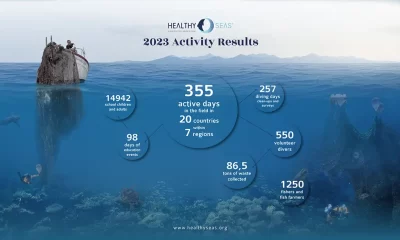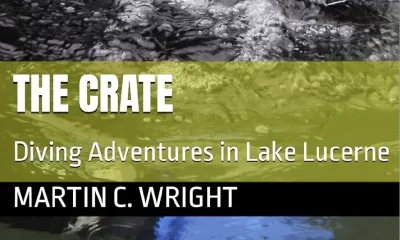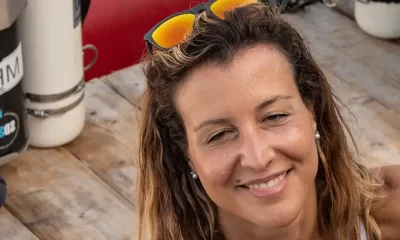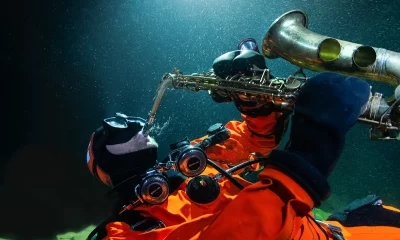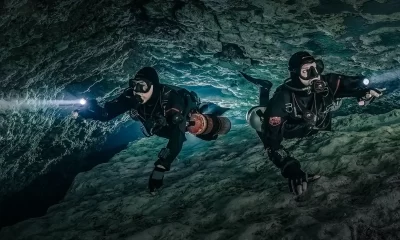Conservation
The Data: Research dives in the Sargasso Sea result in the discovery of new species and confirms new ocean zone
Project Baseline’s collaboration with The Nekton Mission, GlobalSubDive, GUE divers, and scientists from Stanford and Oxford Universities on the 2016 XL Catlin Deep Ocean Survey and shallow water research may be one of organization’s most fruitful projects to date. The project has yielded nine scientific papers, the discovery of over 100 new species, and the confirmation of the newly discovered rariphotic zone, an ocean zone from 400-1,000 ft/130-300 m deep. Dive into some awe-inspiring data!
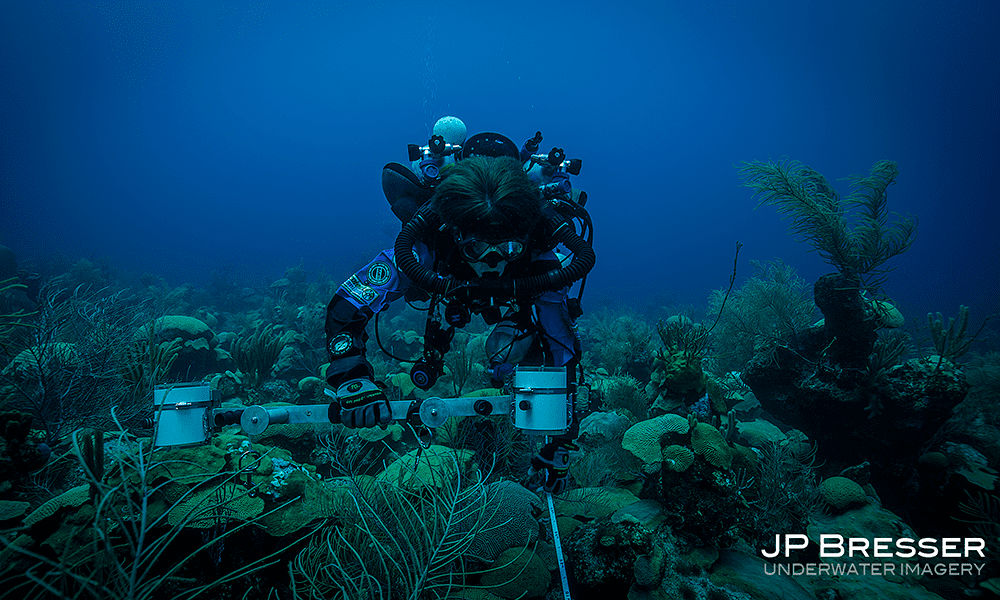
By Amanda White
Bermuda is located in the northwestern Sargasso Sea, about 600 miles east of the closest point of the United States (North Carolina). In 2016, Global Underwater Explorers (GUE) collaborated with Global SubDive (GSD) and The Nekton Mission to conduct the XL Catlin Deep Ocean Survey and shallow underwater research using a team of GUE technical CCR divers and two Triton three-man submersibles around the main island of Bermuda. During the project, GUE volunteer divers and the submersible pilots established 92 Project Baseline stations total at the five dive sites. They also teamed with scientists from several universities, including Oxford and Stanford. Over the 30-day mission, five sites were explored and documented between 15-300 m/49-984 ft; the submersibles were deployed at 300, 200, and 150 meters and volunteer divers at 90, 60, 30, and 15 meters. Data was collected in the form of water samples, stereo video transects, specimen collection, and photographs.
Since the data collection efforts back in 2016, nine scientific papers have been written from the data collected. The papers range in topics from lionfish invading the upper-bathyal zone in the western Atlantic, to the black coral fauna of Bermuda and more. One of the biggest contributions from the mission was the the confirmation of the Rariphotic Zone, a new ocean zone from 130-300 m/400-1,000 ft.

The zones are the Altiphotic (0-40 m), Mesophotic (40-130 m), Rariphotic (130-300 m), and the Bathyal zone (300-3000 m).This new zone was first discovered by scientists from the Smithsonian Institute, but the existence was confirmed by the data collected in Bermuda with the discovery of over 100 new species. These include very small animals such as tanaids, dozens of new algae species, larger animals such as black wire coral that can stand up to 2 m high, and at least 13 new crustacean species.
An article on the Science Alert website states that: “This [discovery] has led to a hypothesis that the new rariphotic zone may be a refuge for shallower reef fishes seeking respite from the warming waters and coral deterioration caused by climate change.” The discovery and confirmation of this zone is the missing link in understanding the dynamics between the different light zones in the ocean.
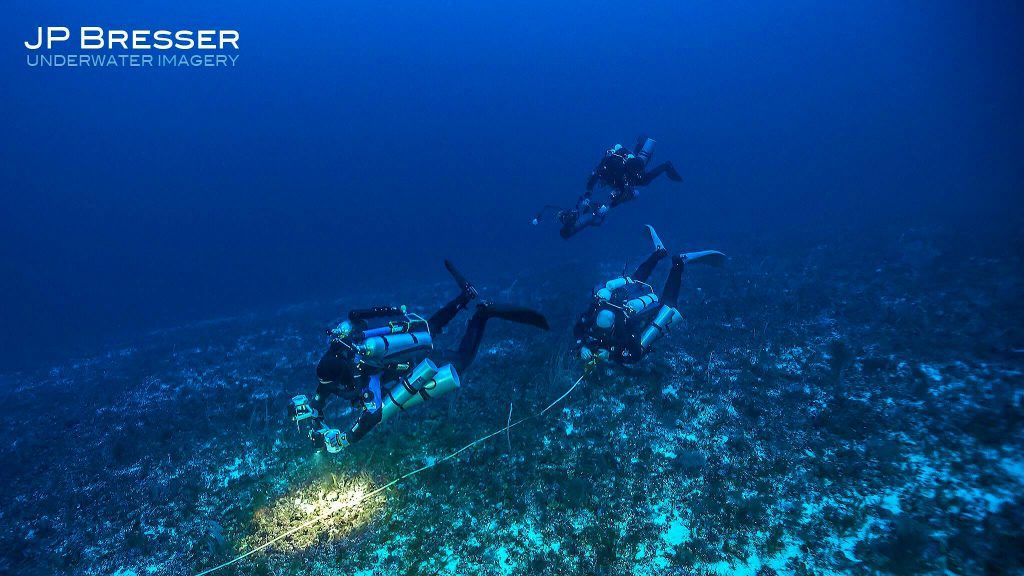
In a press release from Nekton, Alex Rogers, former Scientific Director of the Nekton Oxford Deep Ocean Research Institute (“Nekton”) and Professor of Conservation Biology at the University of Oxford, believes this discovery challenges current assumptions of biodiversity of life patterns. “Life in the shallower regions of the deep sea is so poorly documented it undermines confidence in our existing understanding of how the patterns of life change with depth,” says Professor Rogers.
The tremendous scale of the Project Baseline data collection effort has helped scientists to better understand the state of our oceans, create research protocols, and create an identification guide for biologists, divers, and naturalists. This was all based on the collection and analysis of 40,000 specimens and samples, 15,000
This mission in Bermuda, along with the 2017 mission in Fiji, demonstrates how a coordinated team of divers and submersibles can significantly contribute to the scientific studies of both the shallow and deep aquatic environments by collecting massive quantities of usable data.
Header image by: JP Bresser. Dr. Todd Kincaid captures a video transect for scientists to study the health of the Sargasso Sea.
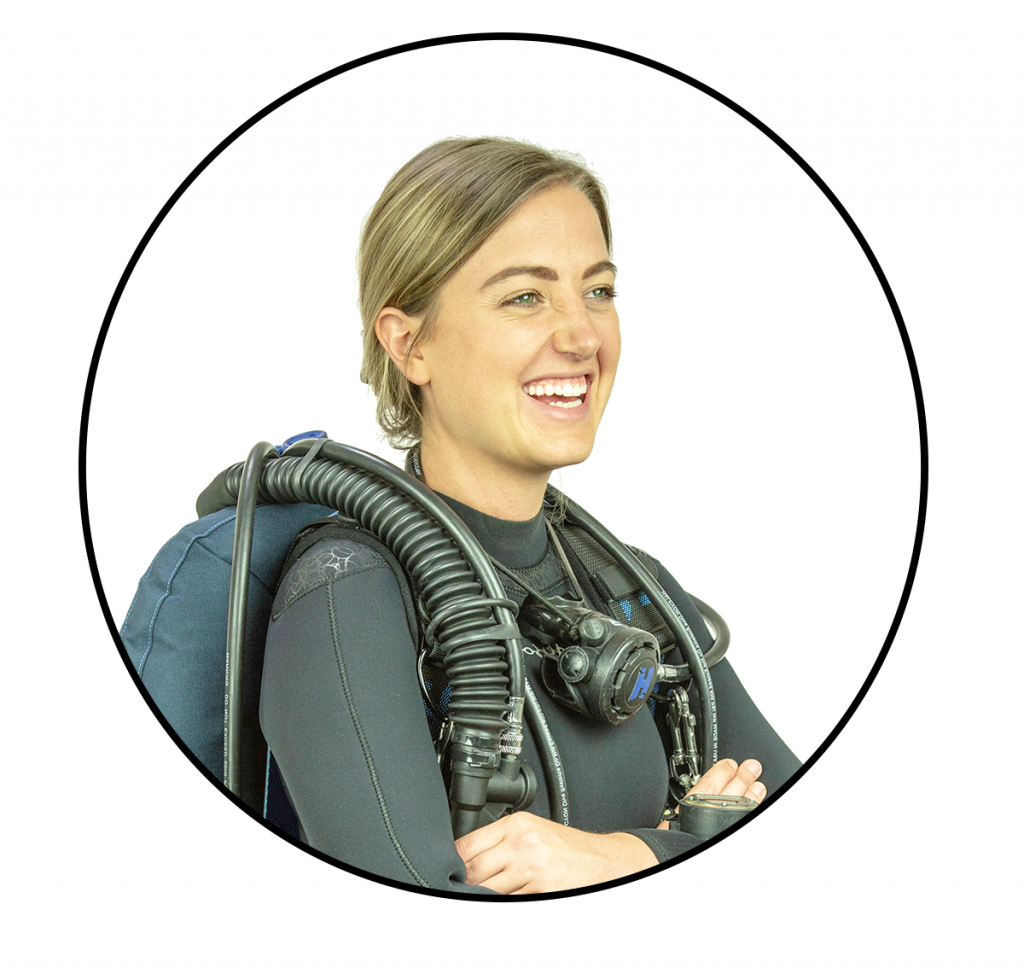
Amanda White is the editor for InDepth. Her main passion in life is protecting the environment. Whether that means working to minimize her own footprint or working on a broader scale to protect wildlife, the oceans, and other bodies of water. She received her GUE Recreational Level 1 certificate in November 2016 and is ecstatic to begin her scuba diving journey. Amanda was a volunteer for Project Baseline for over a year as the communications lead during Baseline Explorer missions. Now she manages communication between Project Baseline and the public and works as the content and marketing manager for GUE. Amanda holds a Bachelor’s degree in Journalism, with an emphasis in Strategic Communications from the University of Nevada, Reno.





















